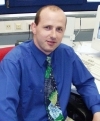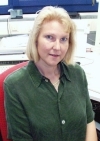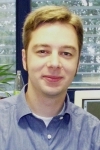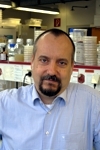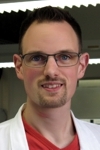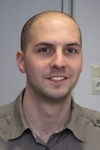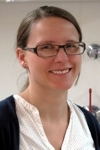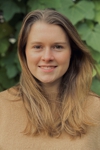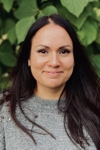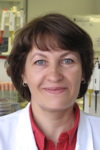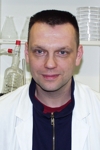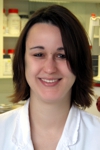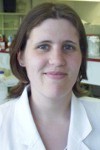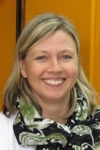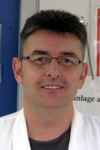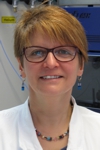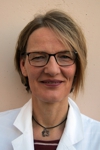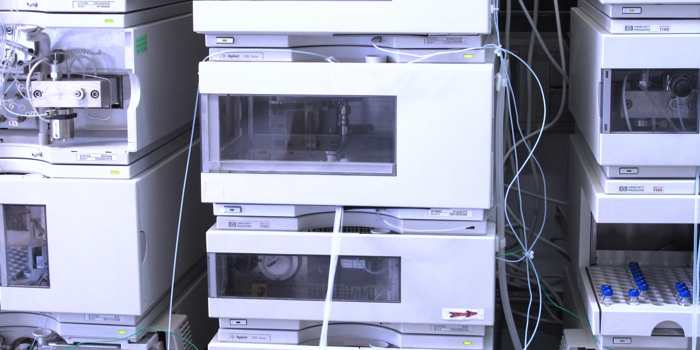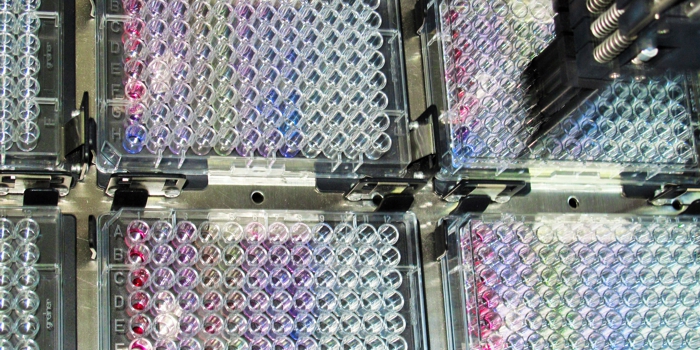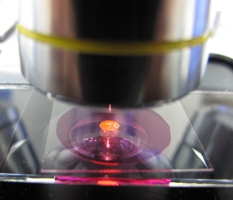Since the foundation of the Institute of Biotechnology and Drug Research (IBWF) as a non-profit research institute in 1998 by professors T. and H. Anke, microbiologists, biochemists and chemists have been joining forces to develop new biologically active substances and enzymes from fungi. The identification, isolation and purification of biologically active compounds in order to find new lead structures for pharmaceutical and agricultural applications have been the driving forces for the development and establishment of a broad set of different screening systems. Based on the long-term experience in these fields of research, we comprise a wide range of knowledge in natural product research and test system development. The IBWF is holding a huge non-profit fungal strain collection of high diversity including ascomycetes, basidiomycetes, zygomycetes and imperfect fungi as well as coprophiles and endophytes. Fungal extracts of each strain and a number of enzymes thereof are available for initial investigations concerning their biological activity. The unique collection of fungal strains and their metabolites provide excellent opportunities for collaboration projects with respect to pharmaceutical and agricultural applications with partners in industry and academia. Our experiences also include knowledge about microbial enzymes for biotransformation, bioremediation and other industrial purposes. The fields of competence contain the identification and characterization of molecular targets of active compounds, the biosynthesis of specific substances and the elucidation of regulation mechanisms of biosynthetic pathways. Our successful work is documented in over 400 publications and 20 patents concerning fungal natural products and microbial research thereby confirming the leading international position of the IBWF.
The most popular example of a successful commercial application of a fungal natural product is the industrial application of the strobilurin fungicides. They are currently in worldwide use as agricultural fungicides and are marketed by the BASF and others. In 1977, Anke and Steglich described a strongly antifungal antibiotic, strobilurin A, from liquid cultures of Strobilurus tenacellus, a basidiomycete growing on pine cones.
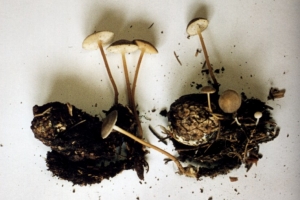 | 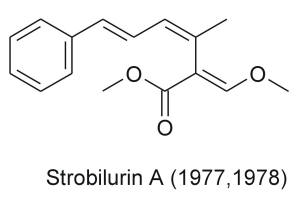 |
In 1981, the molecular target of the strobilurins was elucidated. Their activity was found to be based on an inhibition of fungal respiration.
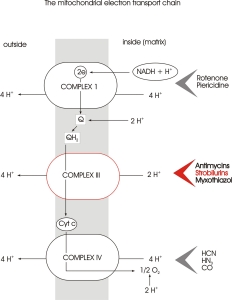
First synthetic derivatives were produced in 1986 in cooperation with the BASF. Subsequently, strobilurin analogues were developed into highly successful modern fungicides marketed e.g. as Stroby®, Brio®, Discus® and Juwel®.
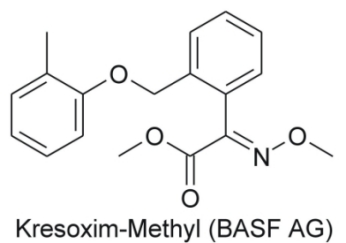 | 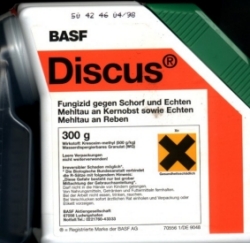 |
At present, strobilurins are among the best-selling fungicides worldwide, being used as plant protectants against most major fungal plant pathogens. Being derived from natural products, strobilurins are environmentally safe because they are rapidly degraded in the environment.
Activities
The IBWF is open for collaborative projects in academia as well as with industrial partners. Research and development activities at the IBWF focus on the following topics:
• Isolation, identification and in vitro culturing of Basidiomycetes, Ascomycetes, Deuteromycetes and Zygomycetes. Characterization of these fungi in solid state and submerged fermentations. Optimization of fermentation processes.
• Isolation and characterization of secondary metabolites and enzymes from fungi.
• Discovery of fungal metabolites and development of products for agricultural and pharmaceutical applications.
• Screening for new biologically active compounds of natural or synthetic origin. Development of test systems.
• Tests for antibacterial, antifungal, phytotoxic, nematicidal, insecticidal and cytostatic activities using enzymatic and cellular test systems.
• Mode of action studies. Identification of cellular and molecular targets of new compounds.
• Genetics and molecular biology in higher fungi.
• Comparative genomics and transcriptomics.
• Fungal physiology and biosynthesis of fungal secondary metabolites.


